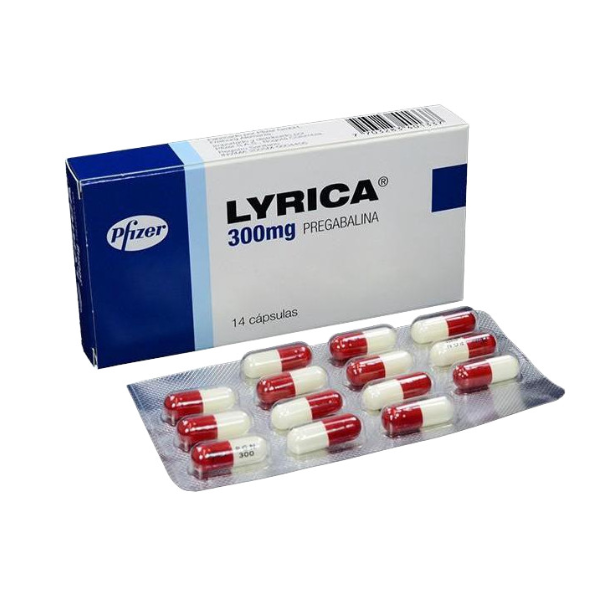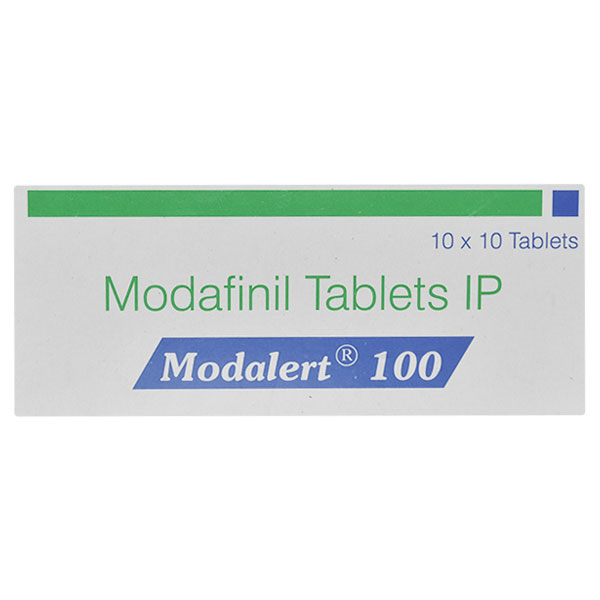What Is Lyrica 300 and How Does It Work?

Strong 8k brings an ultra-HD IPTV experience to your living room and your pocket.
Lyrica 300 is a commonly prescribed medication used to treat nerve-related conditions such as neuropathic pain, fibromyalgia, and partial-onset seizures. It contains the active ingredient pregabalin, which works by calming overactive nerves that contribute to pain and seizure activity. Below is a detailed breakdown of what Lyrica 300 is and how it works, especially when transitioning from a lower dose like Lyrica 25.
Lyrica 300 is a prescription medication used to treat nerve pain, fibromyalgia, and partial-onset seizures. It contains pregabalin, which works by calming overactive nerve signals, providing relief from conditions like diabetic neuropathy and postherpetic neuralgia.
1. What Is Lyrica 300?
Lyrica 300 refers to a 300 mg dose of pregabalin, a medication that affects the nervous system. It is typically prescribed to adults who need a higher dose for effective symptom control after starting with a lower dose, such as Lyrica 25 or 75 mg. This capsule is part of a class of drugs known as anticonvulsants or neuropathic pain agents, approved by regulatory bodies like the FDA for several neurological conditions.
2. How Lyrica 300 Works
Lyrica 300 works by binding to calcium channels in the central nervous system. This action reduces the release of neurotransmitters that send pain signals through the nerves. As a result, it calms hyperactive nerves and reduces pain sensations and seizure frequency. It doesn’t work by blocking pain like traditional painkillers but rather modifies how the nervous system responds to pain signals.
3. Conditions Treated with Lyrica 300
Neuropathic Pain: Lyrica 300 is highly effective for nerve pain due to diabetes (diabetic neuropathy), shingles (postherpetic neuralgia), and spinal cord injury.
Fibromyalgia: It helps reduce widespread muscle pain and fatigue, commonly associated with fibromyalgia.
Seizure Disorders: When used in combination with other antiepileptic drugs, Lyrica 300 helps manage partial-onset seizures.
Generalized Anxiety (off-label use): In some cases, doctors prescribe pregabalin to treat anxiety, especially when pain and anxiety are interconnected.
4. Dosage and Titration
Lyrica treatment typically begins with a low dose, such as Lyrica 25, to allow the body to adjust and reduce the risk of side effects like dizziness or drowsiness. Based on the patient's response and tolerance, the dose is gradually increased, sometimes up to Lyrica 300 per day, either once daily or divided into two doses. It’s crucial not to exceed the prescribed dosage and to follow the schedule given by a healthcare provider.
5. Why Titration Is Important
Jumping directly to Lyrica 300 may cause side effects such as dizziness, swelling, or weight gain. Gradual titration from lower doses like Lyrica 25 ensures the body can handle the medication without sudden reactions. This approach helps patients experience the therapeutic effects while minimizing adverse effects.
Conclusion
Lyrica 300 is a potent and effective medication for managing nerve pain, fibromyalgia, and seizures. By acting on nerve signals, it reduces pain and helps restore quality of life for many individuals. Starting with lower doses, such as Lyrica 2,5 and slowly working up to Lyrica 300 ensures safety and effectiveness. Always use this medication under a doctor’s supervision to get the best results with minimal side effects.
Note: IndiBlogHub features both user-submitted and editorial content. We do not verify third-party contributions. Read our Disclaimer and Privacy Policyfor details.




